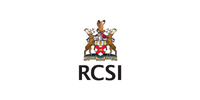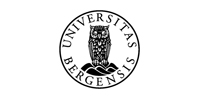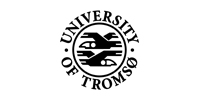The human body consists of body parts which differ in shape and which are capable of a wide range of movements due to joints. This variety of shapes and movements means there can be no universal bandaging technique. There are, however, four basic techniques with which nearly all parts of the body can be bandaged. One exception is support and immobilising bandaging, which requires various combinations of these basic techniques.
In the art of bandaging, the following body shapes are important:
- Body shapes with blunt ends such as fingers, hands, forefoot, head and arm or leg stump. These body parts are bandaged according to the bandaging technique for blunt body parts
- Body parts with a tapered shape, where the circumference of the body part either increases or decreases. To bandage tapered body parts such as an arm, leg/trunk – the bandaging technique for tapered body parts should be applied.
- Joints which allow a hinge movement, such as the knee, elbow and ankle. These body parts can be bandaged using the bandaging technique for hinged body parts.
- Body parts with an almost constant circumference. These cylindrical parts such as the mid-foot, middle of the hand, ankle and wrist are bound according to the bandaging technique for middle hand/wrist and mid-foot/ankle.




























